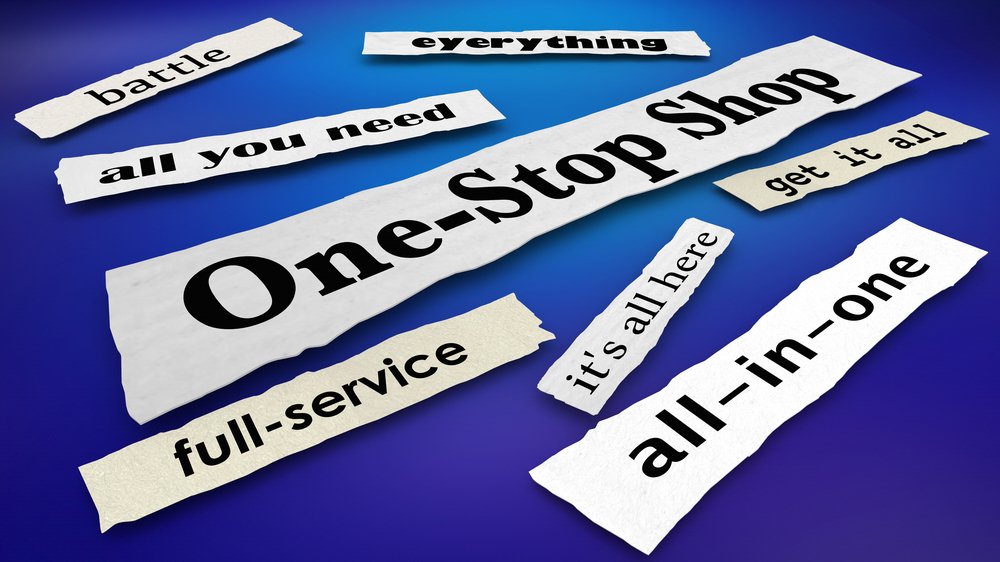
“One-stop-shop” is a business model whereby customers are offered the convenience of having multiple needs met in one location. The term, which originated in the US in the late 1920s, is still very relevant in the 21st century and is widely used in industries all over the world, including the aquaculture industry.
In a total delivery, the fish farmer can be certain that:
- The feeding system is working in relation to the relevant barge
- The power cabinet has been adapted to the corresponding pen
- All cameras and sensors are aligned and optimized against the appropriate software system, and with an "image on screen"
- Roof net poles are tailored to the pen and that the pens are fitted according to the net specifications
Several fish farmers are turning from "sub-enterprises" into larger total projects. Instead of mooring installation and single net and pen purchases, fish farmers are now requesting a total package. This includes service agreements that provide greater predictability of maintenance and repair costs throughout the production cycle.
Save time and money on administration – stay focused on growth and fish welfare
The need for a total delivery supplier has been emphasized because:
- It simplifies the procurement process.
- It achieves volume discounts or better terms of purchase.
- It offers one point of contact for all documentation in a rather complex delivery. This way, the customer does not have to deal with hassles between different suppliers if something goes wrong in the operational phase.
With global collaboration, one-stop shops will be even more relevant to ensure the best possible purchasing terms. Moreover, it will be a collaboration for development and best practice, with a total supplier across borders.
Having a total supplier which focuses on project delivery and operating responsibility is a significant benefit for small- and medium-sized fish farmers. They do not have to create a professional procurement and quality department but will receive a quality-assured delivery with full documentation. This will increase efficiency in terms of complying with statutory requirements. Fish farmers will be able to concentrate on their core business: growth, fish welfare and day-to-day operations.
What makes a total delivery cost-effective?
A total delivery of pens, nets and moorings entails delivery coordination costs for a project manager. However, these costs will be more than compensated for by:
- Savings in shipping costs resulting from coordinated transportation.
- A good interface between products delivered.
- One point of contact for service, repairs and other follow-up services.
Logistics and transportation will become more transparent for the fish farmer. The supplier will be in control, and the customer gets a single update – instead of, for example, six emails and four phone calls from ten different suppliers.
Specialized expertise at your disposal
Using one supplier also have service-related benefits. First of all, it will be easier to supply new equipment or parts to the site, as it will be familiar technology from the same supplier.
This ensures that the service personnel are always coordinated with the equipment in use. In addition, they have a total overview of what products and equipment that has been delivered to the relevant sites.
What is more, is that a product specialist or service technician can, and should, receive input on different areas. In a total delivery, there is a short distance between criticism and praise from the fish farmer, to actions by the project manager on the supplier side.
{{cta('5adf1d13-40b4-46b9-9102-315aa95343f2')}}